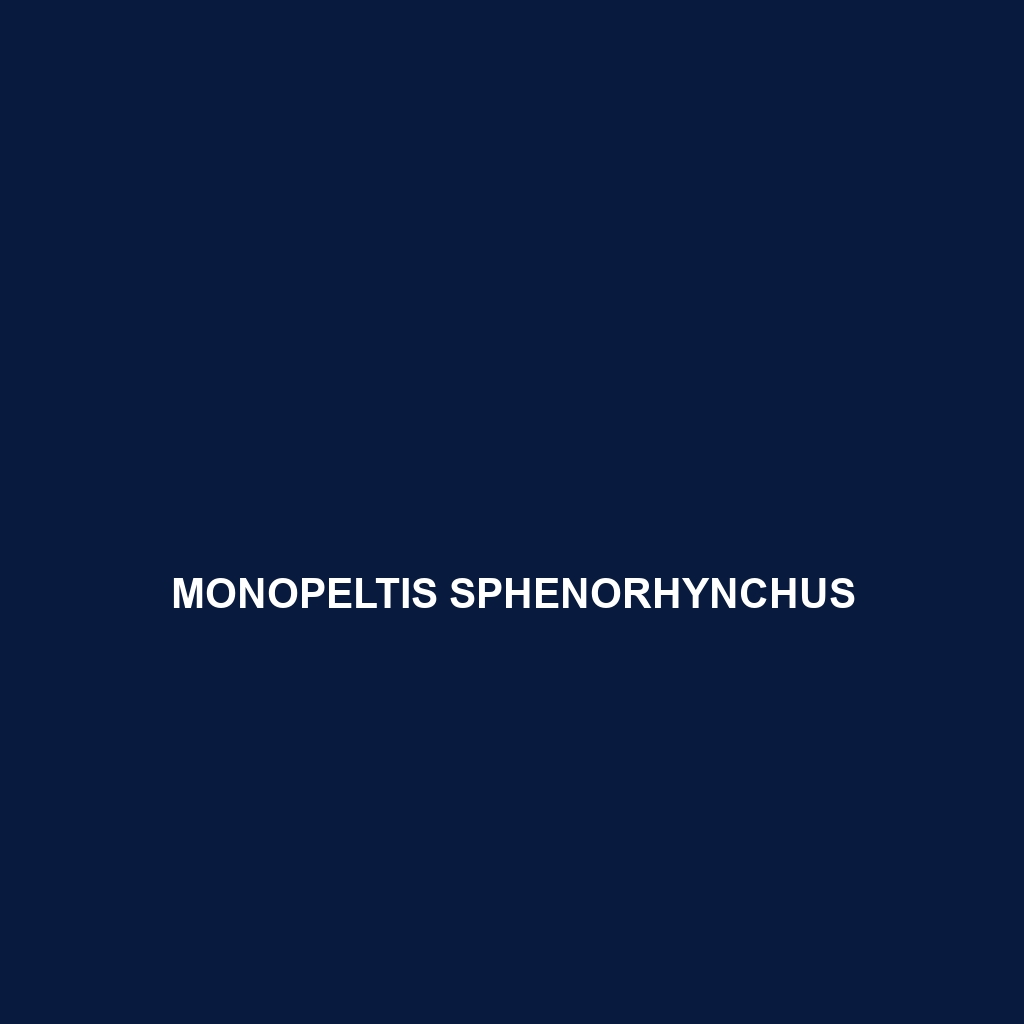<p><b>Parvoscincus tikbalangi</b>, commonly found in tropical rainforests and savannas of Southeast Asia, is a small to medium-sized skink measuring 10-15 cm. This nocturnal insectivore, recognized for its dark green to brown coloration and ability to camouflage, plays a vital role in its ecosystem by regulating insect populations while serving as prey for larger predators.</p>
Tag: ecosystem roles of skinks
Monopeltis sphenorhynchus
The Monopeltis sphenorhynchus, commonly known as the African legless skink, is a unique insectivorous lizard characterized by its elongated, legless body measuring 15 to 30 cm, adapted for burrowing in diverse Sub-Saharan habitats. This nocturnal species plays a vital role in maintaining ecological balance by preying on invertebrates and enhancing soil health through its burrowing activities.
Lerista colliveri
Discover the Lerista colliveri, a small, slender skink native to Australia's diverse habitats, characterized by its smooth, bronze or olive green scales and exceptional burrowing abilities. As an insectivore, it plays a vital role in controlling insect populations while adapting to various environments and demonstrating resilience in the face of habitat change.
Emoia trossula
<p><b>Emoia trossula</b>, known as the <i>Pacific blue skink</i>, is an adaptable omnivorous lizard native to tropical and subtropical regions of the southwestern Pacific, recognized for its striking blue tail and slender body. Thriving in diverse habitats, it plays a vital role in ecosystem health by regulating pest populations and serving as prey for larger predators.</p>
Emoia submetallica
Discover the Emoia submetallica, or metallic skink, a striking species known for its sleek, elongated body and metallic green to blue coloration. Native to the lush rainforests and diverse habitats of the Pacific Islands, this adaptable skink plays a vital role in its ecosystem by regulating insect populations and serving as prey for larger predators.
Emoia samoensis
The Emoia samoensis, or Samoan skink, is a medium-sized skink native to the South Pacific, characterized by its olive-green or brown coloration with dark stripes. Primarily insectivorous, this resilient species thrives in humid environments and plays a vital role in controlling insect populations within its ecosystem.
Emoia kuekenthali
<p>Discover the <b>Kuechenthal's skink (<i>Emoia kuekenthali</i>)</b>, a sleek, diurnal lizard native to tropical rainforests of Papua New Guinea and the Solomon Islands, known for its smooth scales, vibrant coloration, and role in regulating insect populations. This fascinating species, characterized by its agile movements and social behaviors, exhibits unique reproductive traits and plays a crucial role in its ecosystem.</p>
Ctenotus leonhardii
Discover the Ctenotus leonhardii, or leonhard's skink, a medium-sized Australian lizard with striking blue markings and a sleek body adorned with longitudinal stripes. Found in arid regions, this diurnal skink thrives in sandy environments, actively foraging on insects while playing a crucial role in its ecosystem.







